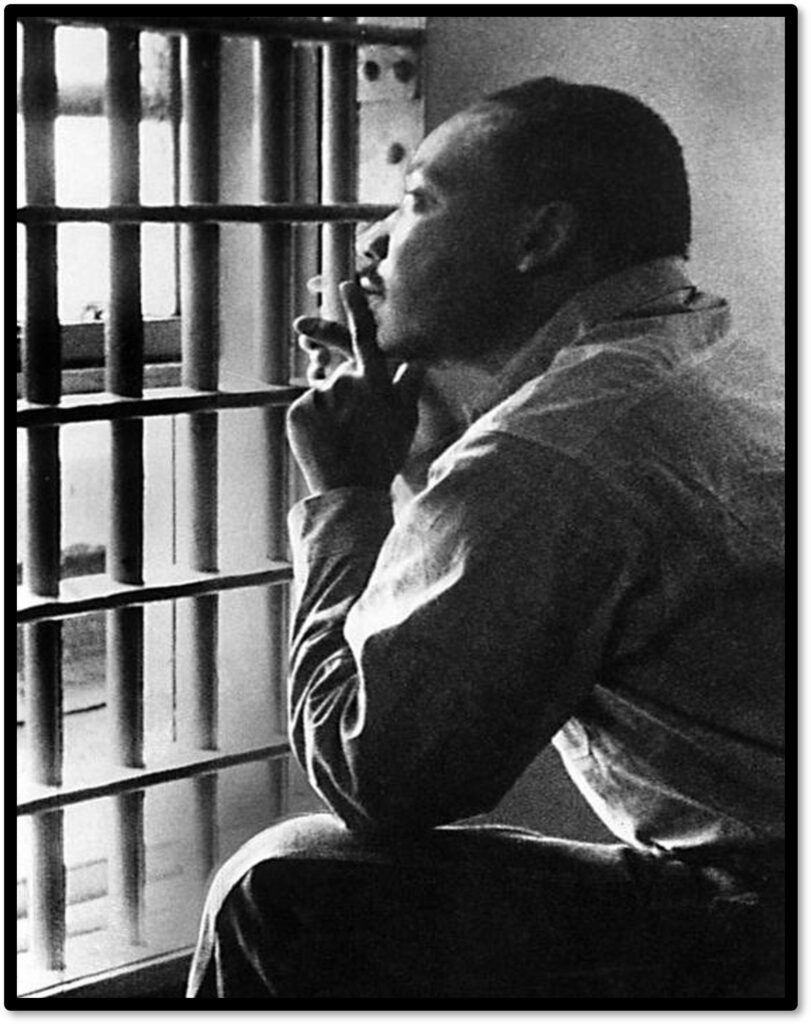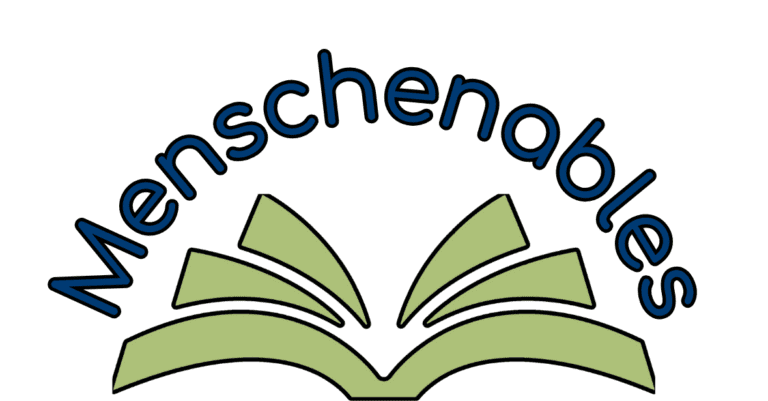
Rev. Dr. Martin Luther King Jr. and His Connection to the Jewish Community
Rev. Dr. Martin Luther King Jr’s legacy of change through nonviolence and civil disobedience is well known. You might be surprised to know that he was deeply connected to the Jewish community. There were Jewish leaders like Rabbi Abraham Joshua Heschel and Rabbi Joachim Prinz, who stood by MLK’s side in his fight for civil rights.
Dr. Martin Luther King, Jr. is a defining figure in US history. The most impactful activist for civil rights, he was a leader who dreamed of letting freedom ring for all Americans regardless of race.
His legacy of change through nonviolence and civil disobedience is well known, but many don’t know about King’s close relationship with the Jewish community of his day. During his battles for civil rights in the 1950s and 1960s, King allied with many leading Jewish figures.
In 1958, King spoke to the American Jewish Congress (AJC) convention, declaring, “My people were brought to America in chains. Your people were driven here to escape the chains fashioned for them in Europe.”

On April 12, 1963, King was imprisoned for protesting racism and racial segregation in Alabama. While awaiting bail, he penned his famous “Letter From a Birmingham Jail.” He wrote it in response to a letter from local white ministers criticizing King’s decision to protest in Birmingham.
The jailed minister conveyed his reasons for being in Birmingham in the letter. He explained that he was there because injustice was there. He famously wrote that white moderates “prefer a negative peace, which is the absence of tension, to a positive peace, which is the presence of justice.”
This idea parallels a quote attributed to Hillel the Elder about the idea of a rodef shalom, one who pursues peace:
Hillel said: Be of the disciples of Aaron, loving peace and pursuing peace, loving mankind and drawing them close to the Torah.” (Pirkei Avot/Ethics of the Fathers 1:12).

Rabbi Joachim Prinz, a contemporary and friend of Dr. King, indeed embodied “rodef shalom.”
Having witnessed the horrors of Nazi Germany before he emigrated to the United States, Prinz was closely familiar with prejudice and hate, which pushed him to fight for civil rights. He advocated for racial equality and was critical of American Jews who were apathetic to the cause.
At the March on Washington in August 1963, Prinz spoke immediately before King delivered his famous “I Have A Dream” speech. He invoked the Jewish people’s origins as enslaved people, adding that when God created man, “He made him as everyone’s neighbor with…a collective responsibility for the preservation of man’s dignity and integrity.”
King echoed this a few minutes later when he stated that one of the main goals of his movement was to “transform the jangling discords of our nation into a beautiful symphony of brotherhood.”

Rabbi Abraham Joshua Heschel, a theologian and professor at the Jewish Theological Seminary, was another friend of Dr. King. Heschel participated in numerous speeches and protests with King, at one point calling him “the voice of God in our time.”
After walking with King and other religious leaders in the 1965 Selma to Montgomery March for voting rights, Heschel described the trek as spiritually moving, like he was “praying with his legs.”
In 1965, the American Jewish Committee awarded King the American Liberties Medallion for his “exceptional advancement of the principles of human liberty.” Throughout his life, King fought against antisemitism, including within the Black community.
Following King’s tragic assassination in Memphis in 1968, the Jewish community mourned deeply with the rest of the country. On the day King’s body was laid to rest, over 700 Jewish schools and organizations across the country closed out of respect. Jewish leaders around the world spoke of his stunning legacy.
10 Ways Use This Information in the Classroom
- Discussion on Shared Struggles: Facilitate a discussion comparing the shared experiences of oppression faced by African Americans and Jewish communities as described in Dr. King’s speech to the AJC.
- Historical Context Analysis: Use a timeline of events (e.g., the March on Washington and the Selma March) to teach students how alliances shaped the Civil Rights Movement.
- Primary Source Examination: Analyze excerpts from “Letter from a Birmingham Jail” and connect them to Hillel’s teachings to explore moral philosophy and activism.
- Biographical Comparisons: Compare the lives and impacts of Dr. King, Rabbi Heschel, and Rabbi Prinz to highlight the contributions of interfaith leaders.
- Empathy Through Role Play: To understand the emotional weight of events such as the Selma march or Dr. King’s speech at the AJC convention, have students role-play key figures or moments.
- Art and Symbolism: Create art or visual representations of Dr. King’s message about the “symphony of brotherhood” or Rabbi Heschel’s idea of “praying with legs.”
- Ethical Dilemmas: Discuss ethical dilemmas, like the criticism of moderates in Dr. King’s letter, and have students debate what constitutes true peace and justice.
- Modern Connections: Connect Dr. King’s and Rabbi Prinz’s messages to contemporary racial and religious discrimination issues.
- Vocabulary Study: Teach key phrases like “rodef shalom,” “positive peace,” and “jangling discords” to build language comprehension and cultural literacy.
- Memorials and Mourning: Reflect on the Jewish community’s response to Dr. King’s assassination, teaching students about the role of collective mourning in social movements.
10 Lesson Ideas to Highlight the Connection between MLK and the Jewish Community
- Interfaith Unity in Action
- Objective: Students will research and present examples of interfaith collaborations during the Civil Rights Movement.
- Activity: Create a timeline or poster highlighting the partnership between Dr. King and Jewish leaders.
- Comparing Texts: “Letter from Birmingham Jail” and Hillel’s Teachings
- Objective: Students will compare Dr. King’s philosophies with Jewish ethical teachings.
- Activity: Write an essay on how both texts address the pursuit of justice.
- Speech Writing Workshop
- Objective: Students will write and deliver speeches inspired by the themes of justice and equality.
- Activity: Use Dr. King’s “I Have a Dream” speech and Rabbi Prinz’s March on Washington speech as models.
- March Simulation Project
- Objective: Students will understand the logistics, risks, and moral strength required for peaceful protests.
- Activity: Simulate organizing a peaceful march for a modern cause in small groups.
- Gallery Walk
- Objective: Students will analyze images of MLK and Jewish leaders of the time in a Gallery Walk.
- Activity: Students participate in a classroom Gallery Walk of images from the era. They record their reflections and answers to questions on an Image Analysis Recording Sheet.
- Jewish and African American Music Connections
- Objective: Explore how music united diverse groups during the Civil Rights Movement.
- Activity: Study and perform protest songs like “We Shall Overcome” alongside Jewish hymns or spirituals.
- Awards and Recognition Debate
- Objective: Evaluate why Dr. King received the American Liberties Medallion.
- Activity: Students nominate modern figures for a similar award and justify their choices.
- Shared History Scrapbook
- Objective: Create a collaborative classroom scrapbook showcasing the shared struggles of Jewish and African American communities.
- Activity: Research and add artifacts, photos, and captions to the scrapbook.
- Legacy and Leadership Panel
- Objective: Teach students about the ongoing impact of Dr. King’s and Rabbi Heschel’s work.
- Activity: Host a mock panel where students take on the roles of historical figures.
- Antisemitism and Racism Today
- Objective: Connect historical struggles to modern issues of discrimination.
- Activity: Research recent events related to racism and antisemitism and propose actions to combat them.
King’s support of the Jewish community reflected his principles of helping one’s brothers and sisters. His values of community, education, justice, and reaching out to one’s neighbors continue to resonate with American Jews today, who live in a society that is still strained with racism, antisemitism, and political division.

